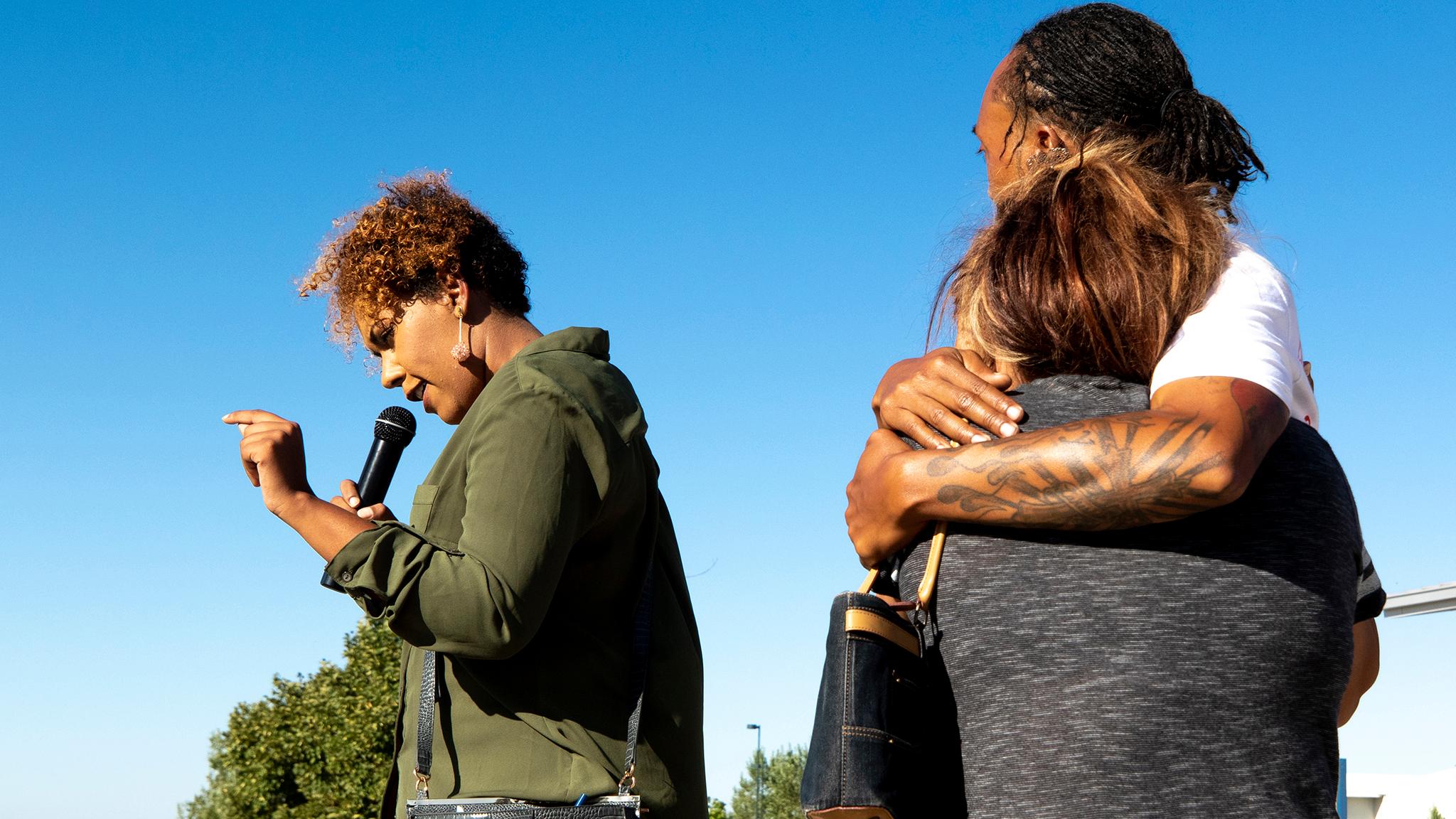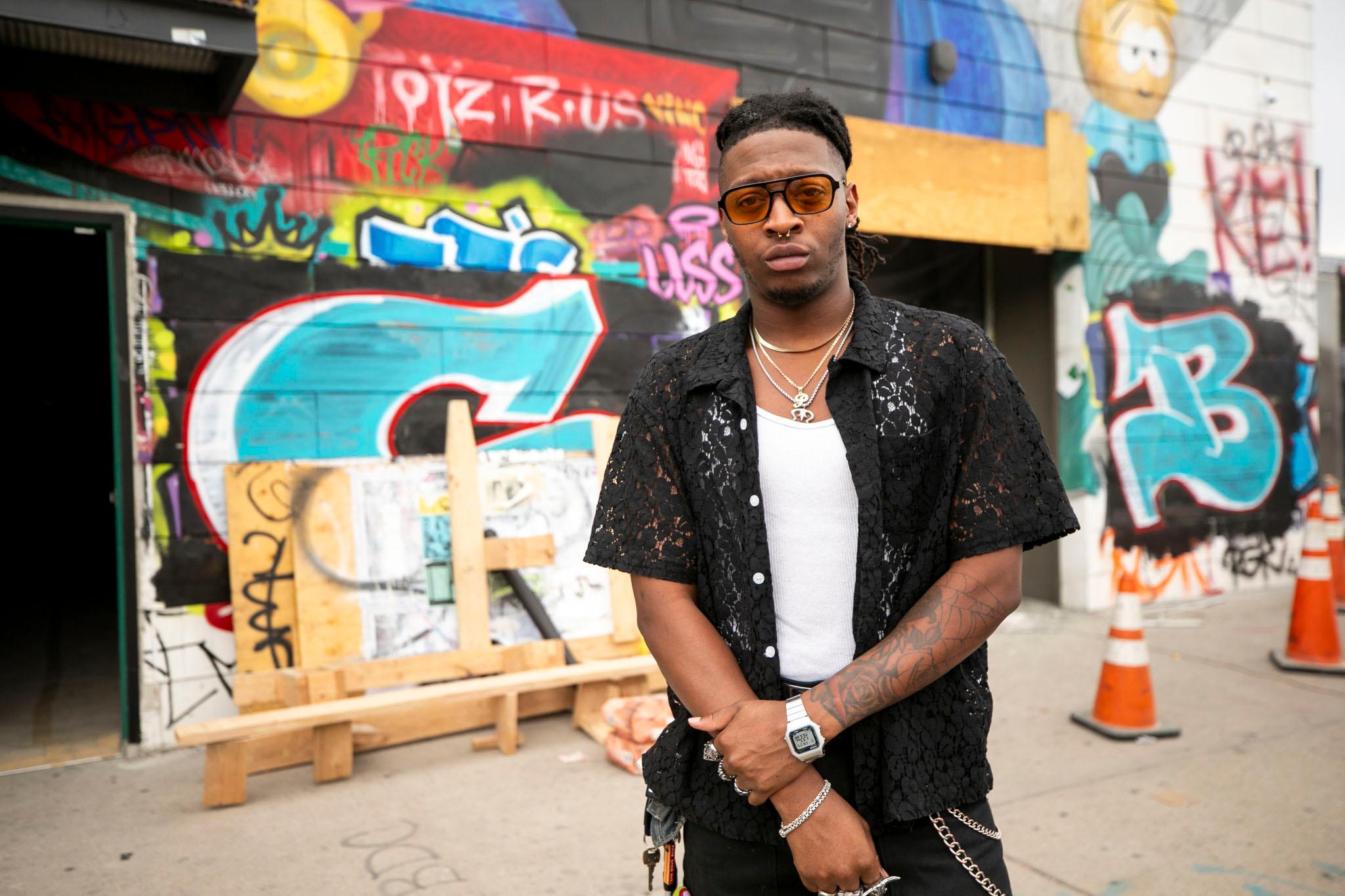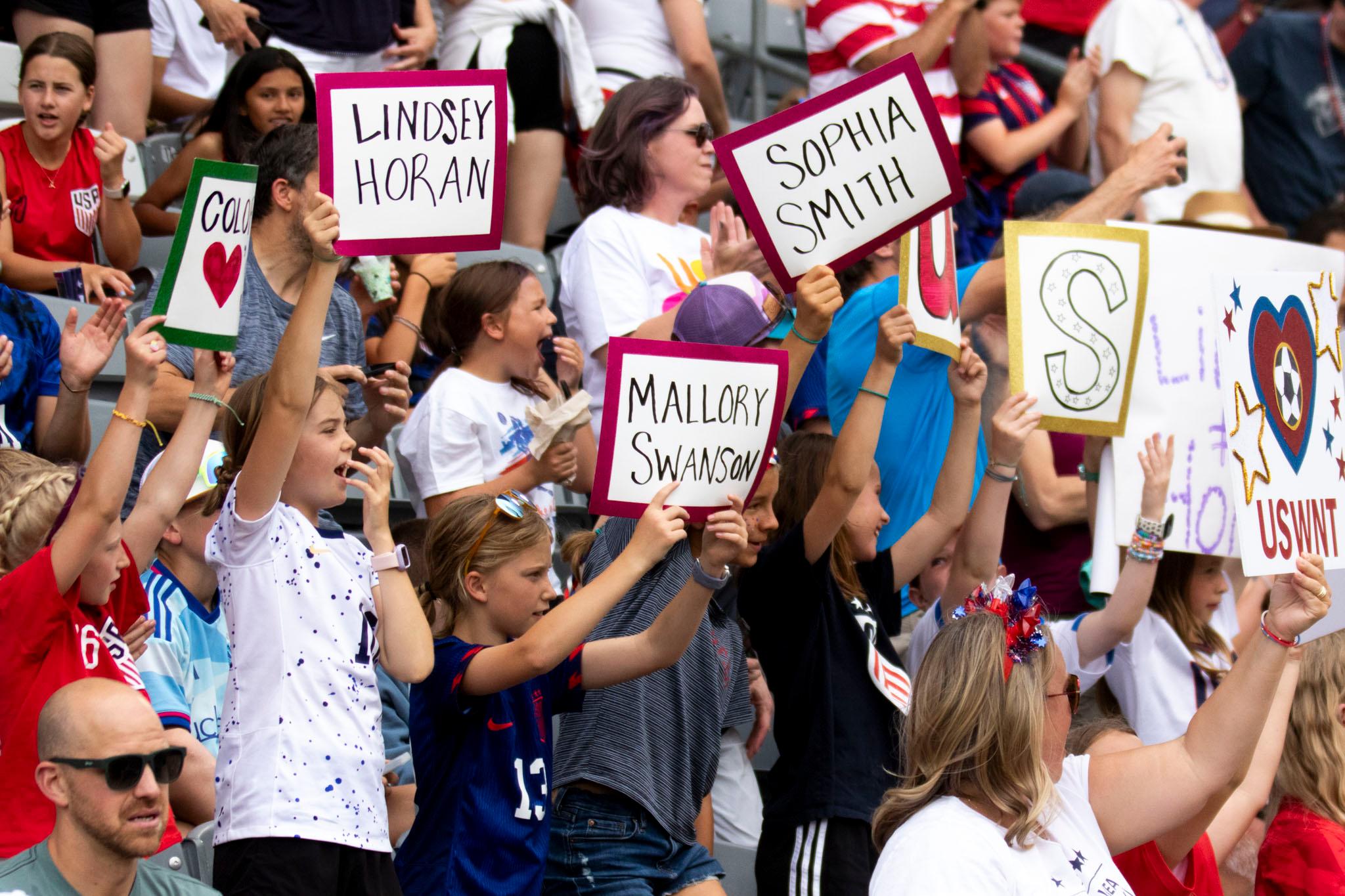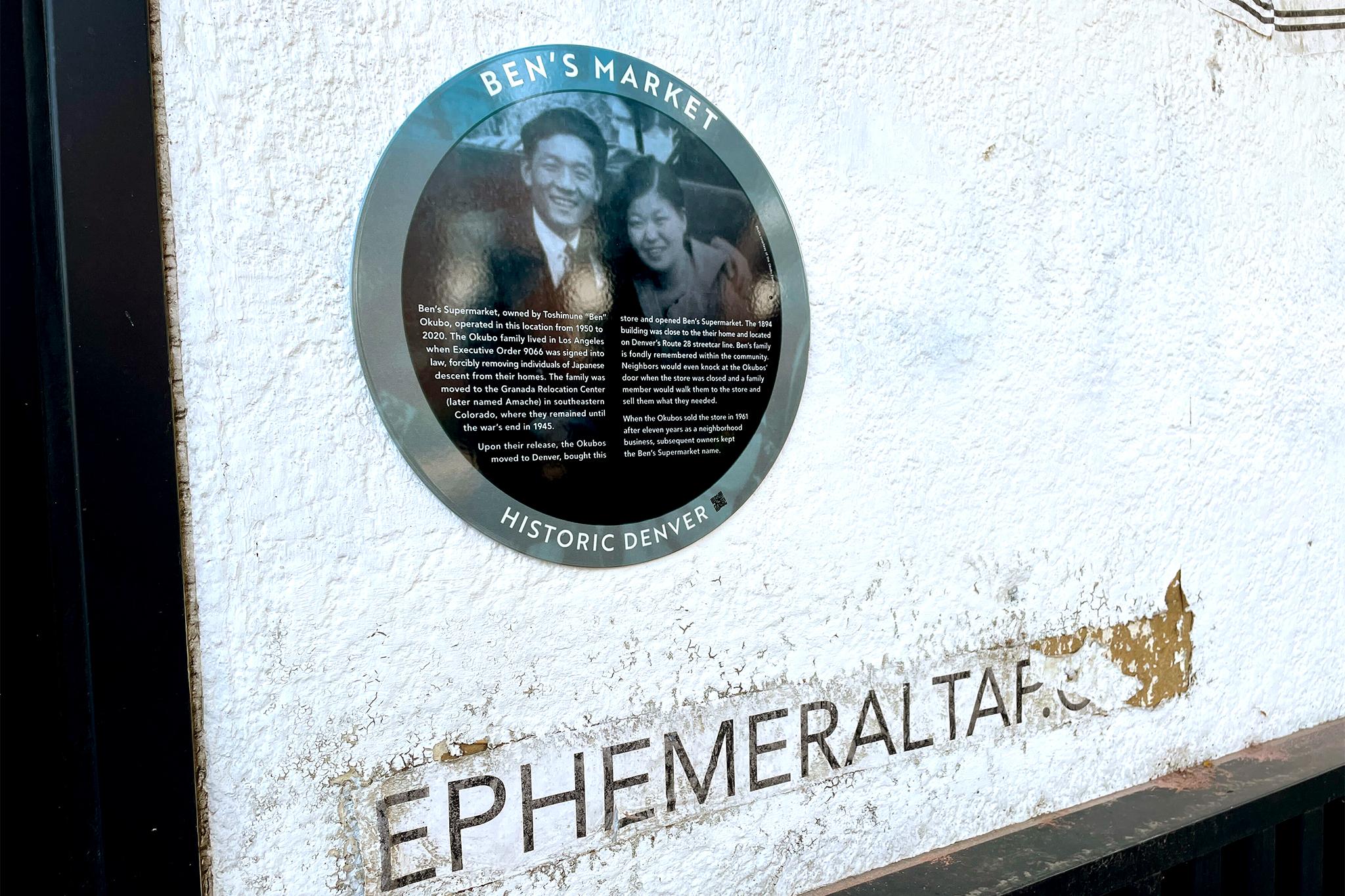Amidst a recent spate of shooting deaths of young people, Denver is faced more urgently with the old question of how to prevent gun violence.
A collection of community groups and other locals gathered in front of the Green Valley Ranch Recreation Center on Saturday to mourn young people recently killed in shootings and to talk about solutions. Present were the mothers of Diego Marquez and Aiden Lawrence. Marquez was shot and killed on Sept. 21 in Green Valley Ranch. He was 17. Lawrence was shot and killed on Aug. 9 in Stapleton. He was 14.
Denver is dealing with a rash of these kinds of deaths. In 2018, more people younger than 20 years old were killed with bullets than the three prior years combined.
Normally, the solutions we hear about after shooting deaths focus squarely on gun control or mental health. Those topics came up at the northeast Denver gathering, but it was clear locals wanted to talk about bigger problems: housing, access to jobs, time spent with family and mentorship -- all more difficult for people of color.
On Saturday, the gathered Denverites and their elected officials got into it all.
Solution 1: Stop kids from getting guns.
Mayor Michael Hancock showed up to address the crowd. He stood with City Councilwoman Stacie Gilmore as he spoke into a wireless microphone.
"We're going to fight like heck to make sure that Aiden and Diego's loss is not in vain," he said. "We can prevent our young people from getting their hands on these guns."
Hancock has assembled a team of city officials to find solutions to the city's recent problems with violence. He told the crowd that his administration has been looking into the reasons why so many young people have been killed.
The shootings have been unrelated to one another. They weren't the result of "tit for tat gang violence," he said. "These were isolated incidents that, quite frankly, were preventable."
"Improperly secured," loaded guns stolen from cars or taken from adults' bedrooms allow these shootings to happen, he told the crowd. His task force is considering a program to distribute gun locks, free of charge, to deal with this facet of the issue. Details on that program have yet to be revealed, but a spokesperson for the mayor said they're coming soon.
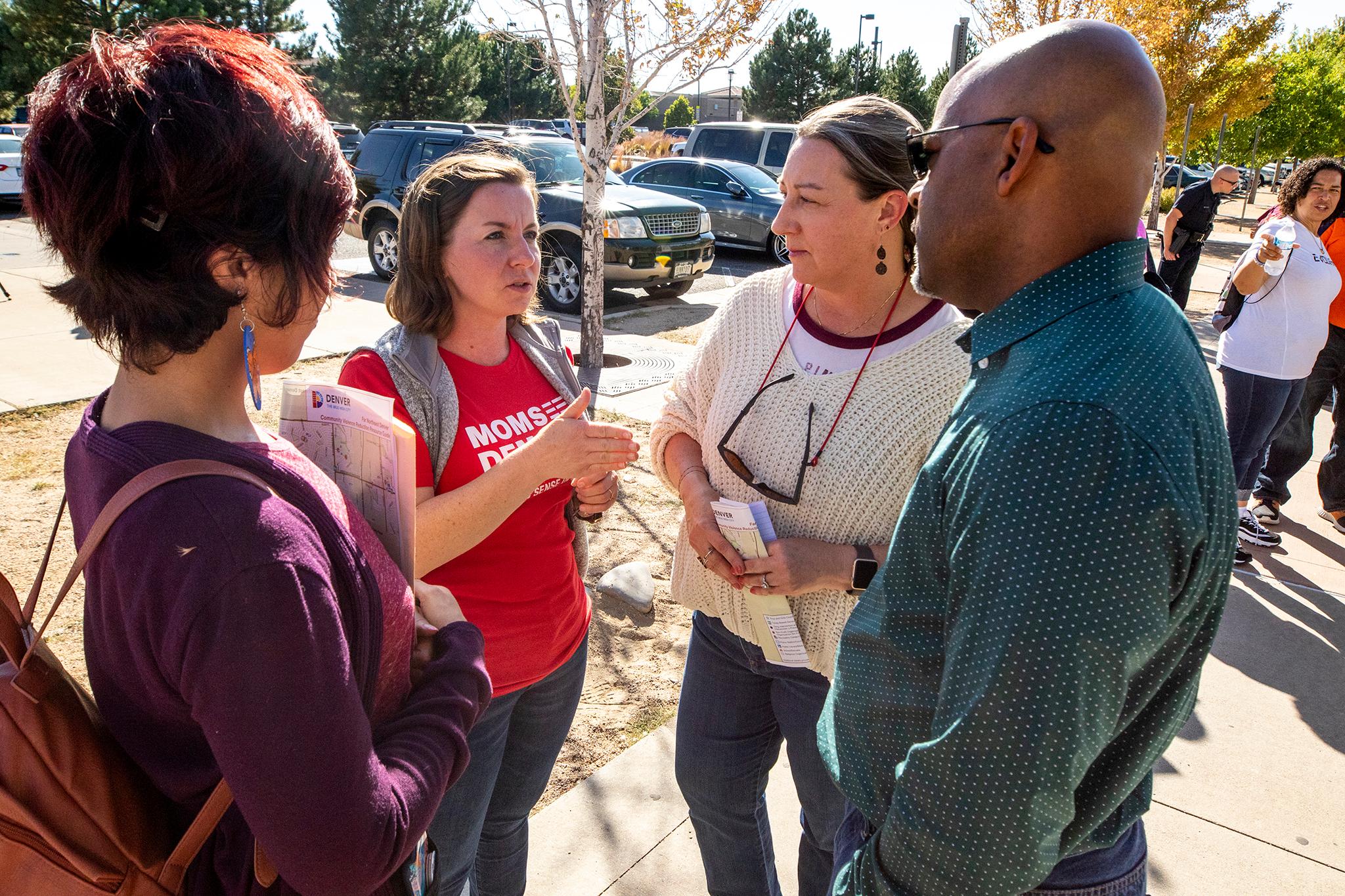
Abbey Winter, who attended the event wearing a "Moms Demand Action" shirt, bent the mayor's ear before he spoke. She wanted to talk about ways the city could encourage gun owners to keep their weapons out of kids' hands.
"If you don't have access, you don't have an act of gun violence," she said.
Winter added she'd like to see federal statutes expand background checks "on every sale" and a federal "red flag" law similar to the one passed in Colorado during the last legislative session.
Solution 2: Keep a watchful eye on kids.
Hancock presented a second specific call to action: watch what your kids are doing on social media.
A decade ago, he said, a deadly confrontation may have been easier to predict. Shootings were often preceded by fights or arguments held in public. Now, social media has changed the game, he said. The escalations that once took place in plain sight are now happening in texts and comments sections, places where parents might miss them.
"Know what they're saying," he said. "Pay attention to the beefs."
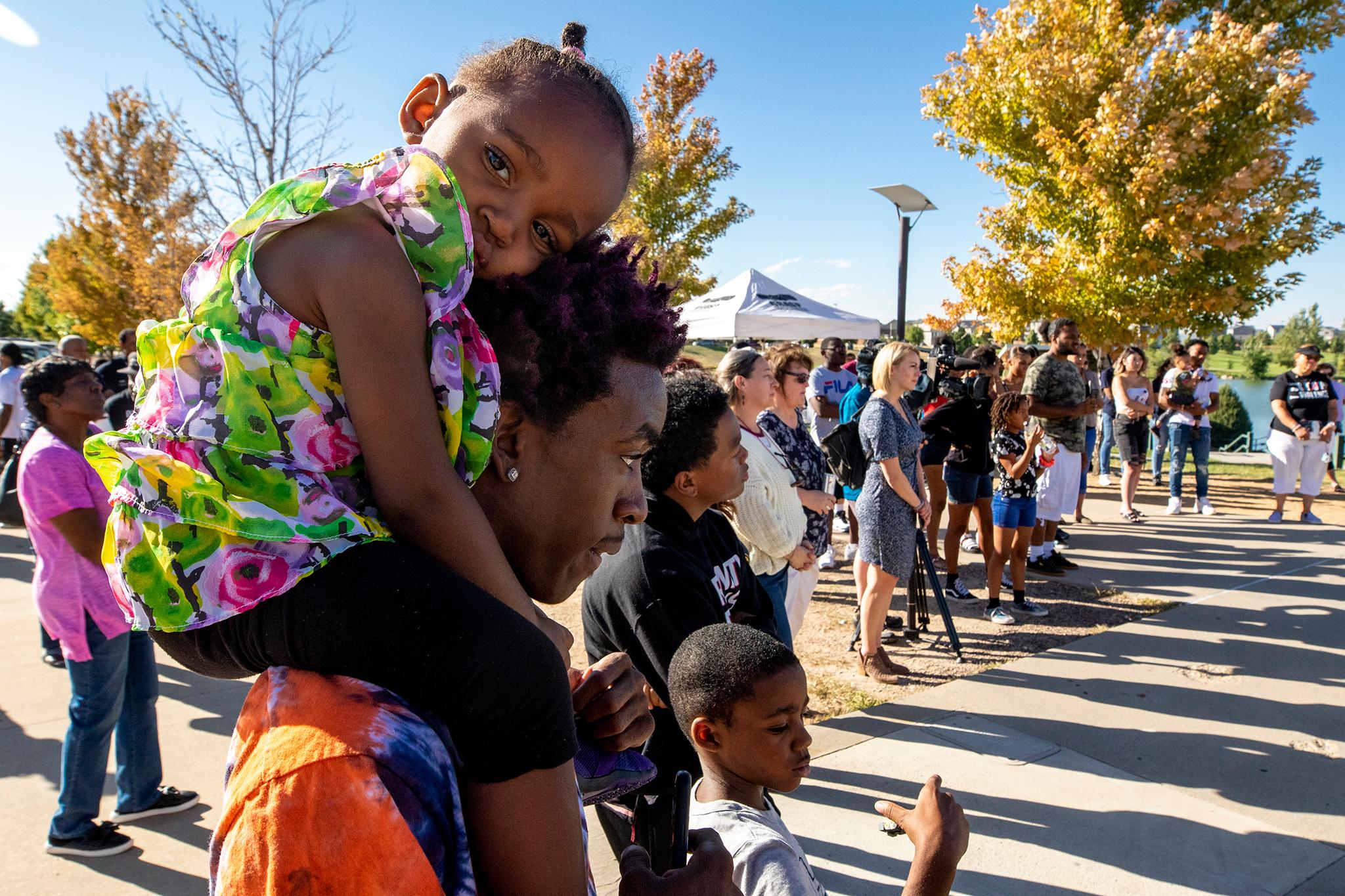
Diane Cooks, introduced to the crowd as the "queen of Montbello," told the youth in attendance that they'd better stick to the buddy system. Don't go out alone.
She doesn't let her granddaughter play outside anymore. She wants to keep close tabs.
"That's a shame that we, in our own community, have to walk in fear," she said.
Jason McBride, program assistant with the Gang Rescue and Support Project, said he's trying to work with the city to keep some schools open until 9 p.m. Kids would have a safe place to be, and their parents would know where they are.
Solution 3: Address the root causes of violence.
McBride said those other solutions are merely cosmetic fixes that miss the real forces driving kids to violence. It's systemic, generational issues that make communities of color more likely to experience violence. He said these issues have long been ignored and things haven't been improving.
The kids he knows are eating at a "buffet of trauma," more likely to end up incarcerated or be separated by incarceration and struggling to find purpose while their families struggle to make it in gentrifying city.
Yes, parents should keep close eyes on their kids, he said, but it's getting harder to do that as the cost of living rises.
"Give us some affordable housing. Give us a chance to raise our kids," he said. "It's not fair to raise kids in this city."
More love and family time would go a long way to keeping young people from the brink, he added: "We've got to get back to teaching them how good they are. How good they can be."
Carol Robinson, a single mother of three, said she spends as much time with her family as she can. But feeding, clothing and housing them in Denver means she has to work long hours.
She also pointed to the city's fractured school system as another factor driving isolation. Montbello High School, for instance, closed in 2014 and was replaced by a collection of separate charter schools. It's a controversial configuration that Robinson thinks has fragmented neighborhood life.
"How can they come together?" she said. "The sense of community is broken."
A lack of social cohesion -- which, she added, is made worse by displacement -- makes it easy for young people to get into trouble.
If kids had pride in the places where they live, she said, "they would take ownership of it instead of destroying it."
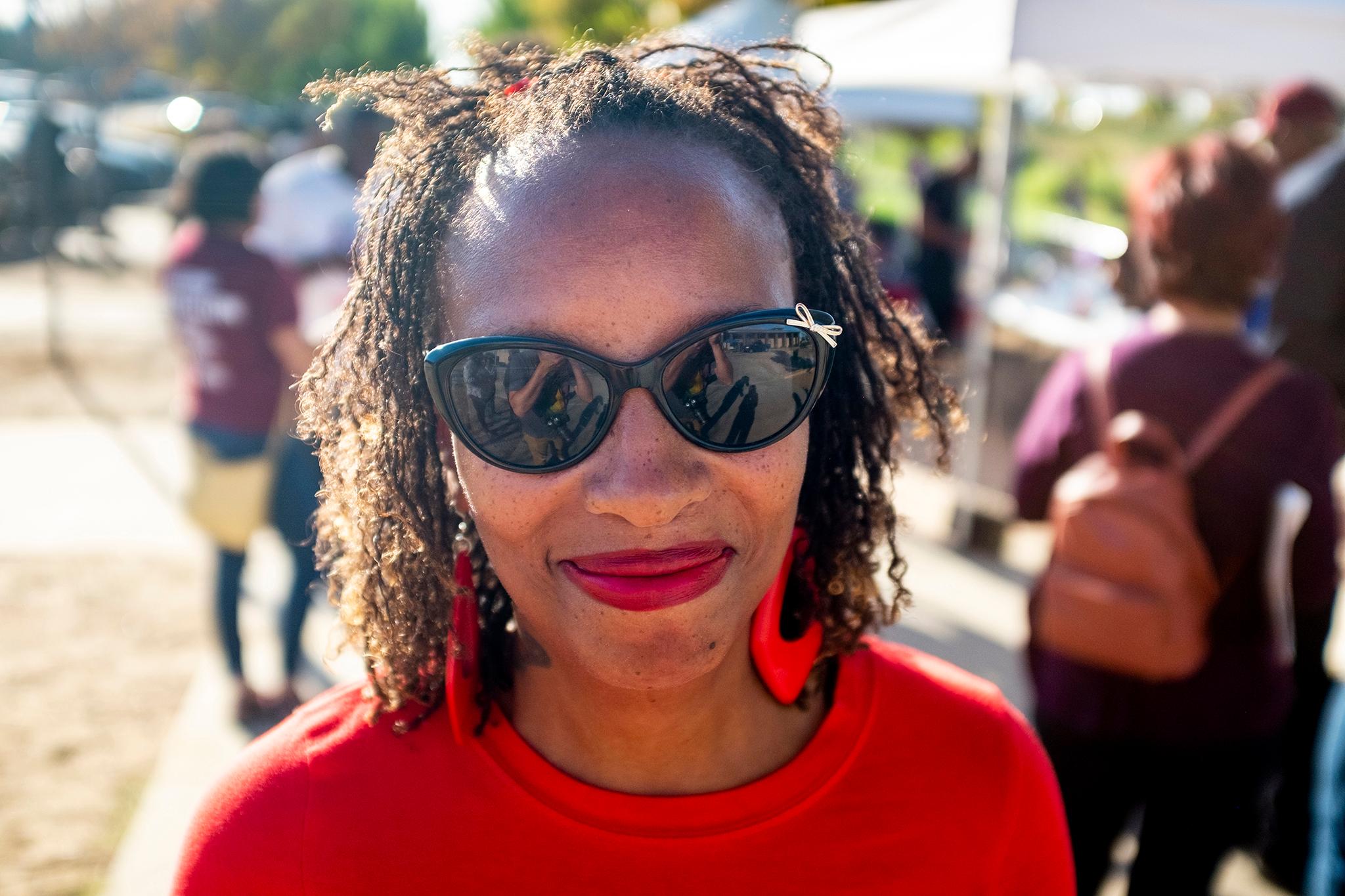
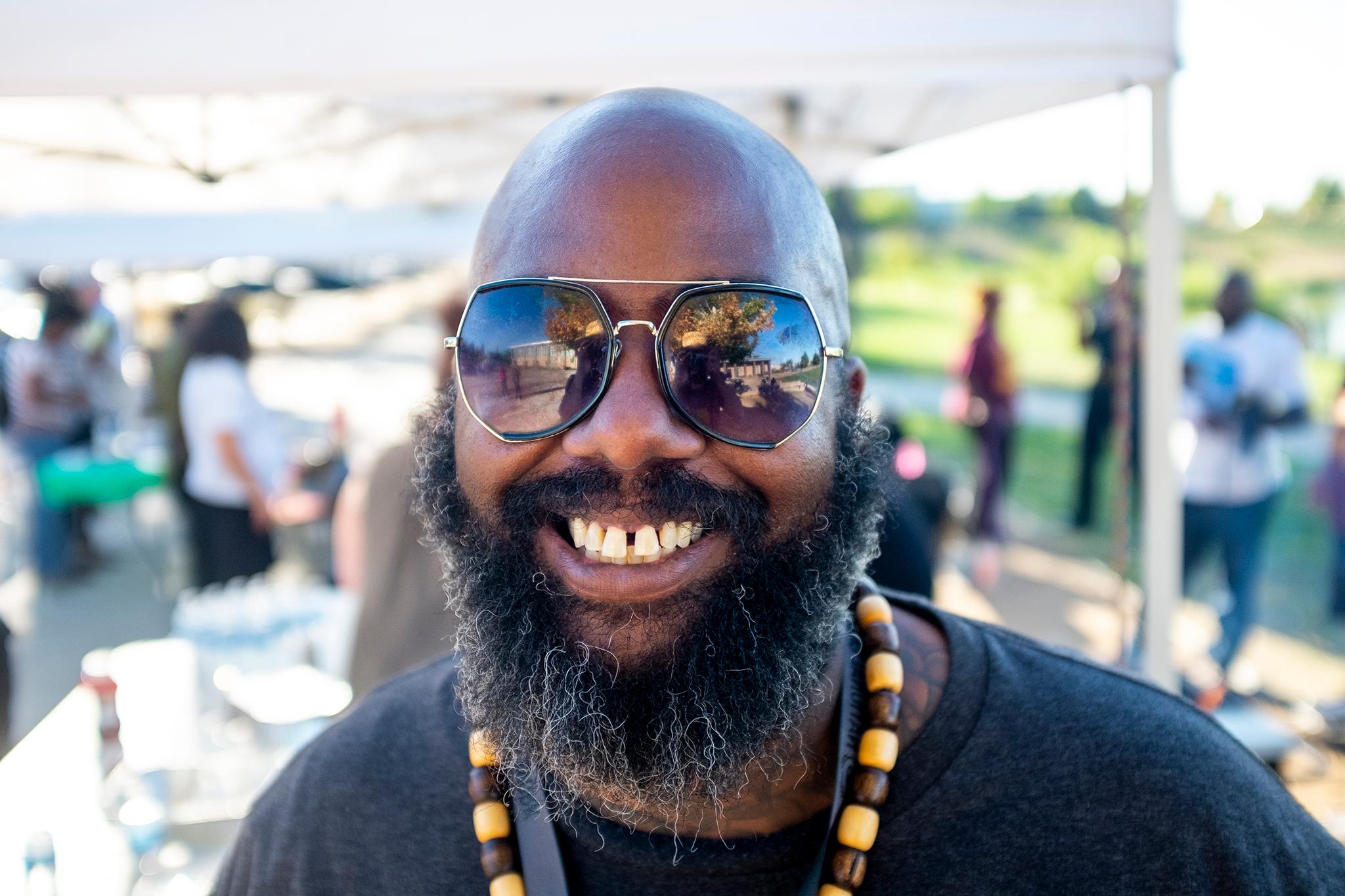
Joel Hodge, co-founder of the Struggle of Love Foundation, told Denverite the potential to achieve that pride has also been damaged by irresponsible media coverage. He said the news usually focuses on violence in northeast Denver and often misses positive stories.
"If every time you look up the coverage of your neighborhood is negative, all you're going to do is continue to be negative," he said.
These are complicated problems tied up in economics and history, what Robinson called "statistical and generational curses."
The city and the community are looking to each other to do more.
Denver Police Chief Paul Pazen told Denverite that his department has begun to roll out preventative interventions within neighborhoods that experience higher crime rates. The idea is to bring religious groups, nonprofits and city agencies together to hold meetings and job fairs that might chip away at some of these structural issues. He said they've been planning this for months, and work has already begun in Westwood. It will move to police districts 1, 2 and 5 next.
But he added it's going to take more than official programs to keep kids from killing each other. He said his department has taken more guns off the streets this year than the prior three. It's a "huge problem," he said, and fixing it will take work from residents, too.
"It takes a community response first and foremost," Hancock said, addressing the crowd. "This is a call to action for all of us."
But Autumn Lawrence, Aiden Lawrence's mother, told Denverite she feels like the onus to end the violence has been unfairly placed on families' shoulders. She said she wished it wasn't all up to them.
Patricia Lopez, Diego Marquez's mother, said the park where her son was killed lacks basic lighting infrastructure. His body wasn't found until the next morning after the sun rose.
If it wasn't so dark that night, she told the crowd, "Probably he could have had a chance. I don't know. We'll never know."
She said she's working to fix this problem with an initiative she's calling Diego's Lights.
The fact that change might only come from a grieving mother upsets Lawrence.
"It's up to us to speak louder. To advocate for ourselves," she told the crowd when it was her turn to speak. "Once again, we've got to be the ones to stay on their backs to make sure things get done."

